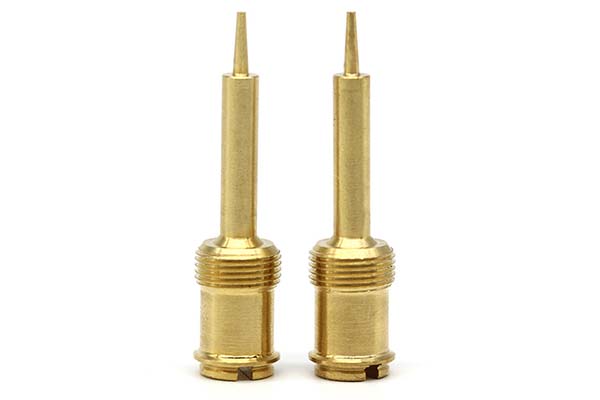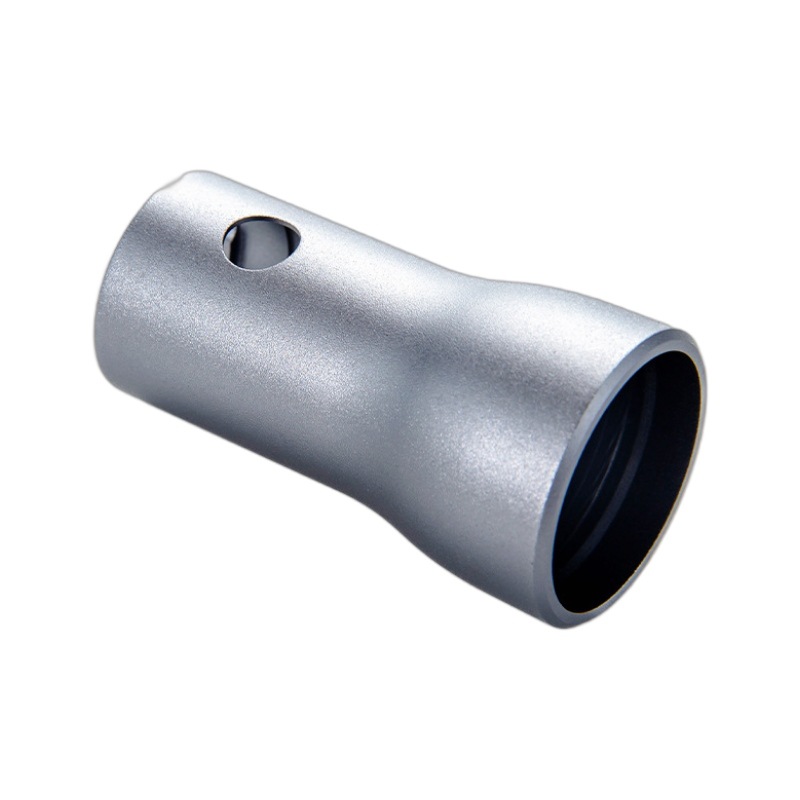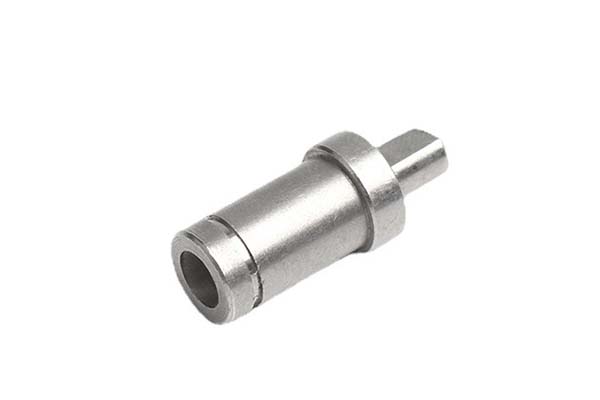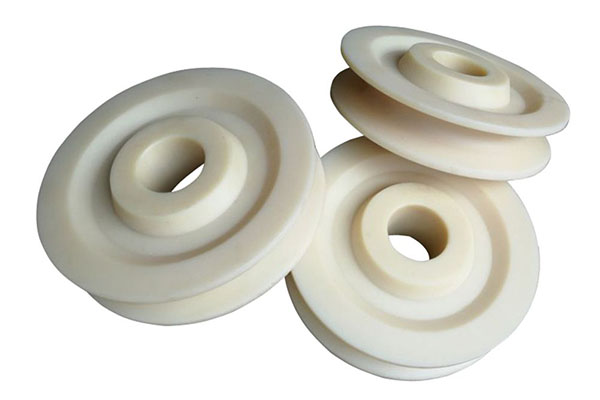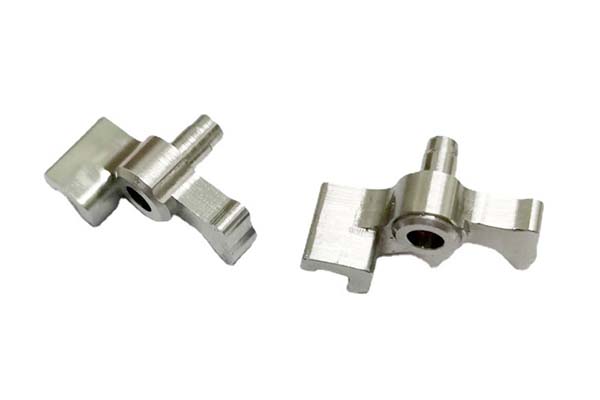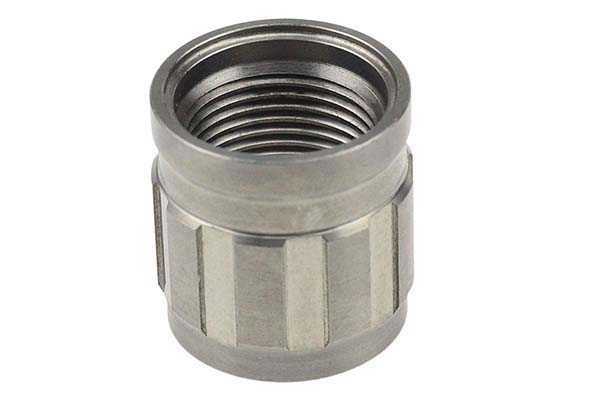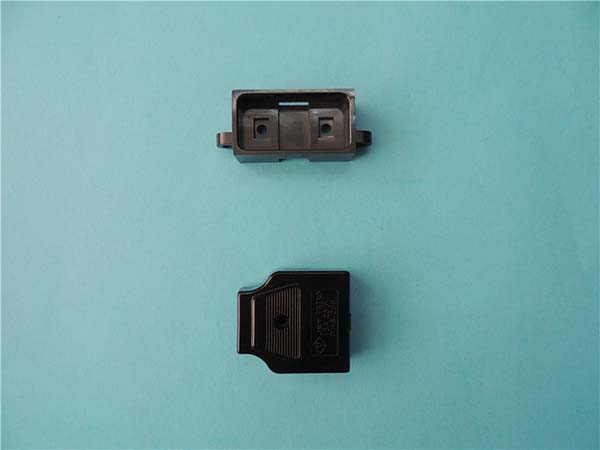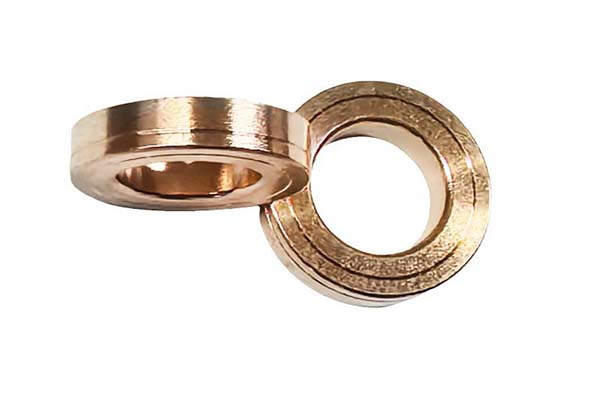Introduction to CNC Horizontal Machining Centers
CNC horizontal machining centers (HMCs) are specialized machines used for high-precision and high-efficiency manufacturing. These machines are distinct for their horizontal spindle orientation, which offers unique advantages over vertical machining centers, especially in complex manufacturing environments. In this article, we will explore the attributes that make CNC horizontal machining centers stand out in terms of performance and versatility, from their precision capabilities to the wide range of materials they can handle.
Understanding the Basics and Applications
CNC horizontal machining centers are designed to perform a variety of machining operations, including milling, drilling, boring, and tapping, with remarkable precision. HMCs are particularly effective when working with large and heavy workpieces, making them ideal for industries such as aerospace, automotive, and heavy equipment manufacturing.
Key Applications
- Aerospace: Manufacturing parts like engine components, turbine blades, and structural elements.
- Automotive: Producing transmission components, crankshafts, and engine blocks.
- Heavy Equipment: Fabricating durable parts for construction machinery and agricultural equipment.
- Custom Machining: Used in sectors like medical devices, energy, and electronics for specialized parts.
Key Features of Horizontal Machining Centers
Horizontal machining centers offer several key features that enhance their performance and versatility in a variety of manufacturing scenarios:
1. Spindle Orientation and Its Impact
The most notable feature of HMCs is their horizontal spindle orientation, which facilitates better chip evacuation. The horizontal axis also allows the workpiece to be more easily loaded and unloaded, especially when dealing with large or heavy components. The horizontal spindle is particularly effective in reducing the chances of tool deflection during machining, which leads to greater precision.
2. Tooling and Workholding Flexibility
HMCs are equipped with versatile tooling and workholding options that allow them to perform multiple operations without repositioning the workpiece. This is crucial for machining complex geometries or multi-face components. Key components include:
- Pallet changers: Allow quick changes between parts without machine downtime.
- Rotary tables: Enable multi-axis machining and reduce setup times by automating the positioning of workpieces.
- Custom workholding fixtures: These fixtures ensure that parts are held securely, improving machining accuracy.
Performance and Versatility
1. High-Speed Machining Capabilities
Modern HMCs are equipped with high-speed spindles and advanced tool changers that can rapidly swap tools, allowing for faster cycle times. This makes them ideal for high-volume production environments. The ability to quickly switch between tools and perform multiple machining operations on the same workpiece means less time spent on setup and more time for actual machining, improving productivity and reducing lead times.
2. Handling Complex Parts
One of the standout benefits of HMCs is their ability to machine complex parts with multiple faces and intricate geometries without having to reposition the workpiece. This is particularly beneficial for parts such as:
- Aerospace components with complex geometries
- Automotive transmission parts with intricate features
- Heavy equipment components requiring tight tolerances and multi-axis machining
The horizontal orientation also improves access to parts, allowing for better cutting and smoother operations, especially when working with tough materials or complicated designs.
Material Compatibility
1. Range of Materials Processed
CNC horizontal machining centers are compatible with a wide variety of materials, making them versatile for different industries. Here are the common materials processed by HMCs:
- Metals: Aluminum, steel, titanium, stainless steel, and more.
- Alloys: Special alloys for aerospace, defense, and other high-performance applications.
- Composites: Advanced composites like carbon fiber-reinforced polymers, especially in aerospace and automotive manufacturing.
- Plastics: Engineering plastics, such as Delrin, acrylics, and other polymers, for industries like medical device manufacturing.
2. Material Selection for Specific Applications
Choosing the right material for a specific job depends on several factors:
- Strength: Steel or titanium may be chosen for applications where high strength is required.
- Weight: Aluminum is ideal for aerospace and automotive parts due to its light weight and high strength-to-weight ratio.
- Corrosion Resistance: Stainless steel and specialized alloys offer excellent resistance to corrosion.
- Thermal Properties: Materials like titanium or certain composites are chosen when parts need to perform under high-temperature conditions.
HMCs can handle all of these materials efficiently, thanks to their precision controls and durable construction.
Precision and Accuracy
1. Achieving Tight Tolerances
CNC horizontal machining centers are designed to achieve extremely tight tolerances, which is essential in industries like aerospace and automotive manufacturing. Several factors contribute to the precision of HMCs:
- Sophisticated CNC controls: Ensure precise movement and adjustments during machining.
- High-quality bearings and guideways: Provide smooth motion, reducing the chance of vibration that can affect accuracy.
- Rigid construction: The robust design of HMCs minimizes deflection, which ensures consistent part quality across longer production runs.
2. Quality Control Measures
To maintain high standards of accuracy and precision, HMCs incorporate several quality control measures:
- Automated inspection systems: Sensors and cameras monitor the machining process in real-time to ensure part quality.
- Probe systems: Automatically measure workpieces during machining to ensure they are within the required dimensions.
- Statistical process control (SPC): Analyzes machining data to detect patterns or deviations that could affect part quality before they cause issues.
Industry Applications
CNC horizontal machining centers are used across many industries where high precision and high production efficiency are critical:
1. Aerospace
Aerospace manufacturers rely on HMCs for machining parts such as engine components, structural frames, and landing gear. These parts require high precision due to the demanding performance standards of the industry.
2. Automotive
Automotive manufacturers use HMCs to produce parts like engine blocks, transmission components, and complex geometries for electric and hybrid vehicles. HMCs' ability to work with various materials, including lightweight metals, makes them ideal for automotive production.
3. Heavy Equipment
Manufacturers of heavy machinery and construction equipment use HMCs to machine large, durable parts. The ability to handle large workpieces while maintaining high precision is key in industries that require large, heavy components.
4. Custom Machining
HMCs are also used in custom machining for diverse sectors such as medical devices, energy (particularly turbine blades and components for power generation), and consumer electronics. Their flexibility in material and geometry processing makes them indispensable in custom manufacturing.
Conclusion: Selecting the Right Horizontal Machining Center
Choosing the right CNC horizontal machining center for your operations requires a careful evaluation of your production needs, material requirements, and tolerance specifications. The ideal HMC for your business should meet several criteria:
- Machine size and capacity: Ensure it can accommodate the largest parts you need to machine.
- Spindle speed and power: Match the spindle specifications to your material requirements and operations.
- Tooling and workholding options: Ensure flexibility and adaptability for your production needs.
- Automation integration: Look for machines that offer automation features like pallet changers or robotic arms for increased productivity.
- Vendor support and service: Choose a reliable manufacturer with solid customer service and after-sales support.
By considering these factors, manufacturers can select a CNC horizontal machining center that provides high performance, versatility, and long-term reliability, ultimately enhancing production efficiency and part quality.
FAQs
What makes CNC horizontal machining centers different from vertical ones?
CNC horizontal machining centers differ from vertical machining centers primarily in the orientation of the spindle. In HMCs, the spindle is horizontal, providing better chip evacuation, improved coolant access, and easier handling of large or heavy workpieces. The horizontal layout also makes it easier to machine multiple faces of a part without repositioning it, which is particularly beneficial for complex geometries and high-volume production.
What types of materials can be processed by CNC horizontal machining centers?
CNC horizontal machining centers are capable of processing a wide variety of materials. This includes metals such as aluminum, steel, titanium, and stainless steel, along with specialty alloys for aerospace and defense. They can also handle advanced composites like carbon fiber-reinforced polymers and engineering plastics, making them suitable for a wide range of industrial applications.
How do CNC horizontal machining centers ensure high precision and accuracy?
CNC horizontal machining centers ensure high precision and accuracy through a combination of advanced control systems, rigid construction, high-quality bearings, and automated quality control measures. These features allow HMCs to perform complex machining tasks with tight tolerances, ensuring high-quality parts. Quality control measures like real-time automated inspections and statistical process control further ensure part consistency across production runs.

